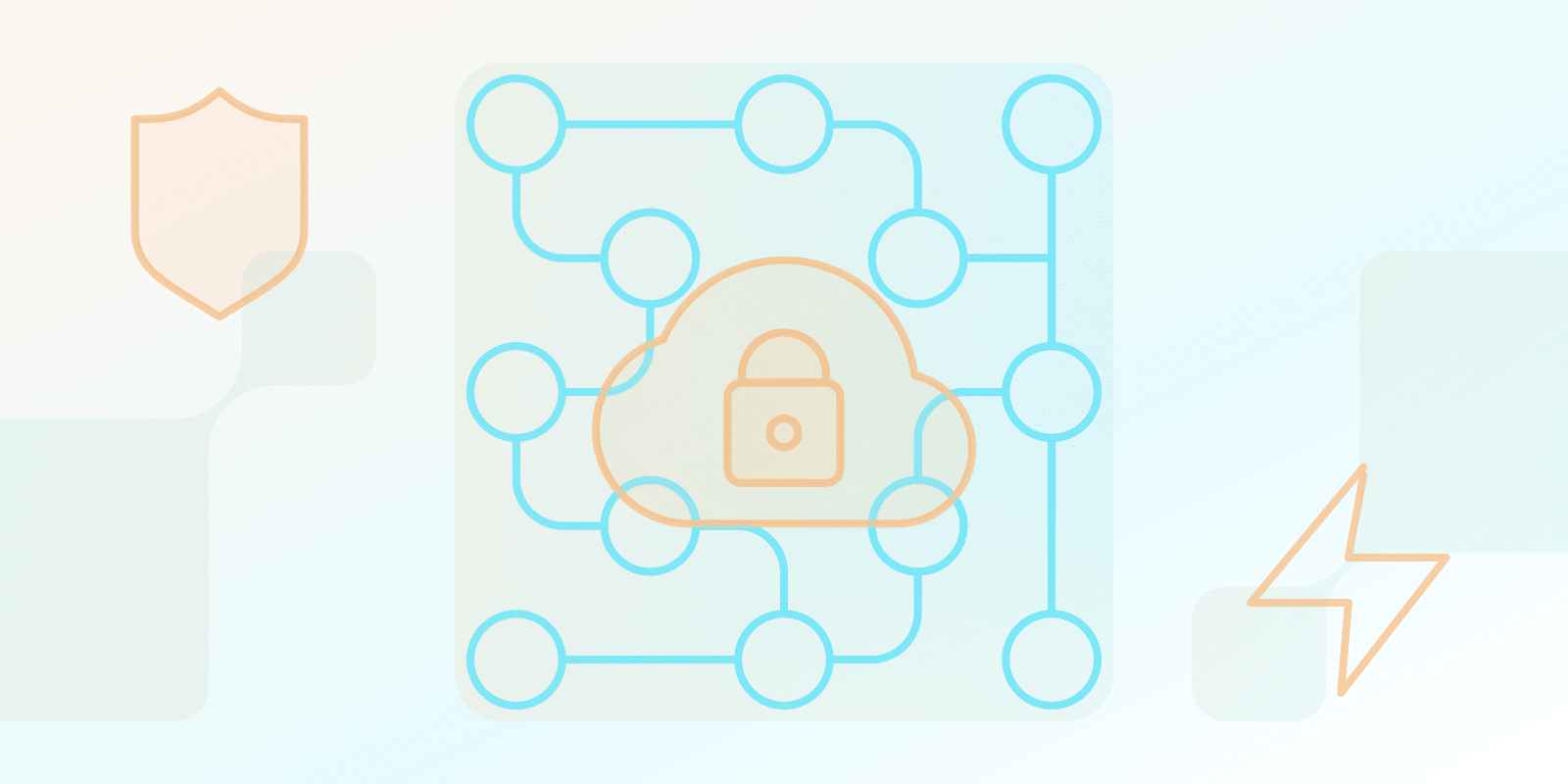클라우드 보안
클라우드 보안이란?
Published: 10월 21, 2024
Last updated: 11월 26, 2024

클라우드 보안이란?
클라우드 보안은 데이터, 앱, 클라우드 컴퓨팅 인프라를 보호하도록 설계된 기술 집합입니다. 정책과 제어도 클라우드 보안의 일부를 구성합니다.
클라우드 보안은 무단 액세스와 데이터 침해로 인한 민감한 정보 유출을 차단하는 데 필요합니다. 잠재적인 비즈니스 중단을 방지하고 신뢰를 보호하는 것은 보안의 중요한 측면입니다.
클라우드 보안의 공유 책임 모델이란 무엇이며 SaaS에 어떻게 적용됩니까?
공유 책임은 클라우드 서비스 제공업체(CSP)와 고객이 보안에 대한 책임이 있음을 의미합니다. CSP는 클라우드의 보안(예: 기반 인프라, 물리적 데이터 센터, 네트워킹, 소프트웨어/하드웨어)을 담당합니다.
반면에 고객은 SaaS 클라우드의 보안에 대한 책임이 있습니다. 책임에는 다음이 포함됩니다.
- 데이터: 고객은 누가 애플리케이션에 액세스할 수 있는지, 앱/데이터를 어떻게 사용하는지, 어디에 저장하는지 제어합니다.
- 액세스 제어: 권한, 사용자 계정, 인증 방법을 관리하여 권한이 있는 개인만 액세스할 수 있도록 제한합니다.
SaaS를 사용하는 조직에서 가장 우려하는 보안 영역 두 가지는 무엇입니까?
SaaS를 사용할 때 고려해야 할 주요 영역은 다음과 같습니다.
- 데이터 침해: 데이터 손실, 민감 정보 노출, 무단 액세스를 조기에 해결하여 재정적/평판적 피해로부터 자신을 보호하세요.
- 보안 제어 및 설정이 적절하게 구성되어 취약성과 잠재적 공격을 줄이도록 하려면 구성 관리가 중요합니다.
SaaS 애플리케이션의 데이터는 누가 소유하며, 조직은 SaaS 환경에서 데이터를 어떻게 제어할 수 있습니까?
고객은 SaaS 앱에 저장된 데이터를 소유하고 있으며, 조직은 다음을 수행하여 제어권을 유지해야 합니다.
- SaaS 공급자의 데이터 처리 관행 이해: 공급자의 서비스 약관 및 데이터 처리 계약을 살펴보세요. 데이터를 보호, 저장, 처리하는 방법에 대해 알아보세요.
- 강력한 액세스 제어 구현: 다중 인증(MFA), 액세스 검토 감사, 역할 기반 액세스 제어(RBAC)가 필수적입니다.
- 데이터 암호화: 전송 중 및 정지 중인 데이터 암호화. 이렇게 하면 무단 액세스를 차단할 수 있습니다.
- 데이터 백업: 독립적인 SaaS 데이터 백업을 수행하여 문제가 발생할 경우 정보를 복구할 수 있도록 하세요.
클라우드 SaaS를 보호하는 방법은?
SaaS 클라우드 보안을 위한 이러한 관행을 사용하세요:
- 강력한 비밀번호/MFA: 강력한 비밀번호를 사용하고(직원이 정기적으로 변경하도록 하세요). 추가적인 계층을 위해 이중 인증과 같은 MFA를 사용하세요.
- 정기적인 업데이트 및 패치: SaaS를 최신 상태로 유지하고 보안 패치를 가능한 한 빨리 다운로드하세요.
- 직원 교육: 직원에게 클라우드 보안 관행에 대해 교육하세요. 강력한 비밀번호를 설정하고, 데이터를 안전하게 처리하고, 피싱 이메일을 식별하는 방법을 이해해야 합니다.
- 정기적인 감사 및 평가: 감사를 수행하여 잠재적 위험을 찾아 해결하세요. 이와 관련하여 취약성 평가도 필수적입니다.
- 인시던트 대응 계획: 문제가 발생했을 때 신속하게 조치를 취하기 위해 무엇을 할지 알아두세요.
결론
클라우드 보안은 현대 컴퓨팅에서 필수적입니다. 귀하와 귀하의 클라우드 공급자는 개별적인 책임이 있습니다. 보안을 극대화하려면 귀하의 책임(예: 데이터 보호)을 이해하는 것이 중요합니다. 또한 새로운 위협에 대해 계속 알아두고, 정기적인 감사를 수행하고, 직원을 교육해야 합니다.